In the depths of the Great Depression, the Duesenberg SSJ emerged as a beacon of American automotive excellence, combining unparalleled luxury with groundbreaking performance. Produced in just two examples, the SSJ continues to captivate enthusiasts nearly ninety years after it first hit the roads.

The story of Duesenberg began in 1913, when brothers Fred and August “Augie” Duesenberg founded the Duesenberg Motors Company in Saint Paul, Minnesota. Initially focusing on race cars, the brothers shifted their operations to Indianapolis, Indiana, after World War I, establishing the Duesenberg Automobile & Motors Company. During its brief existence, Duesenberg crafted some of the most sophisticated and elegant vehicles of the era, solidifying its legacy in the annals of American automotive history.
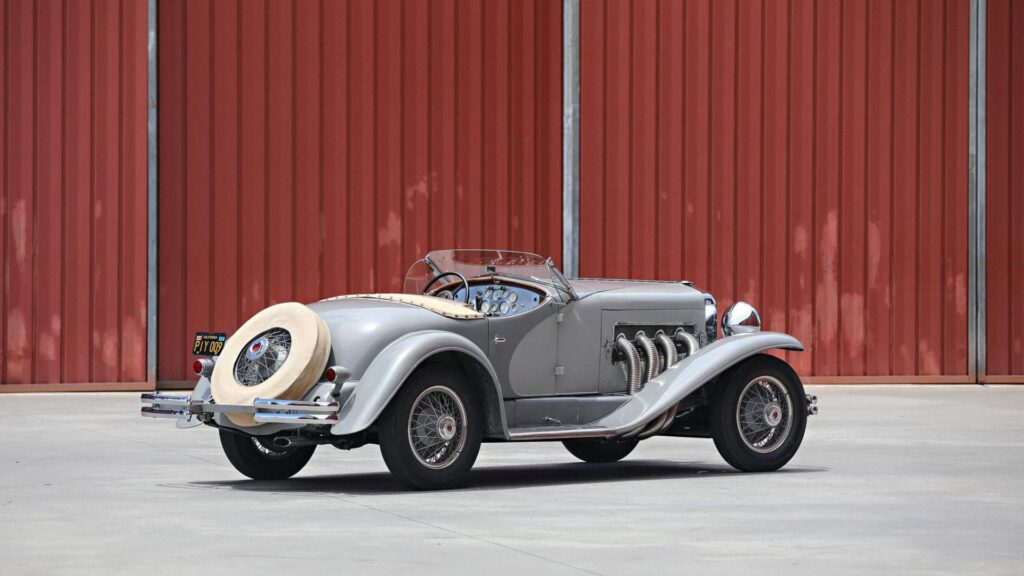
The Duesenberg Model J, introduced in 1928, was designed to rival the most luxurious and powerful cars of its time, such as Rolls-Royce and Hispano-Suiza. The Model J series included various coachbuilt bodies on different wheelbase frames, powered by a DOHC straight-eight engine. Among these, the SSJ stands out as the pinnacle of the series, representing the ultimate blend of luxury and performance.
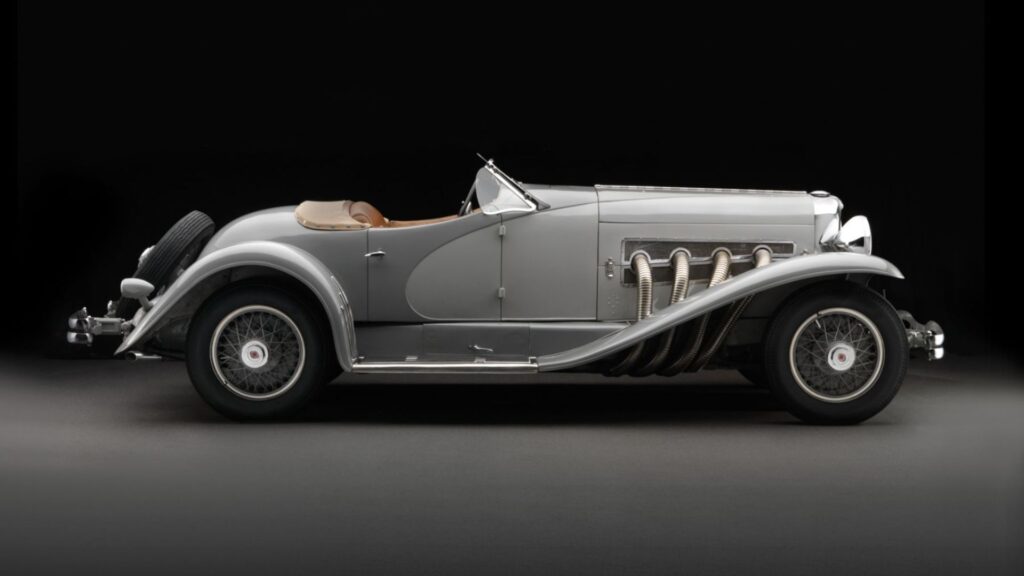
In a bid to rejuvenate the brand amid the financial challenges of the Great Depression, Duesenberg developed the SSJ in the mid-1930s. The first SSJ was built for Hollywood star Gary Cooper, who desired a road-legal Duesenberg capable of outpacing his rival, comedian Groucho Marx, and his modified Mercedes-Benz SSK.
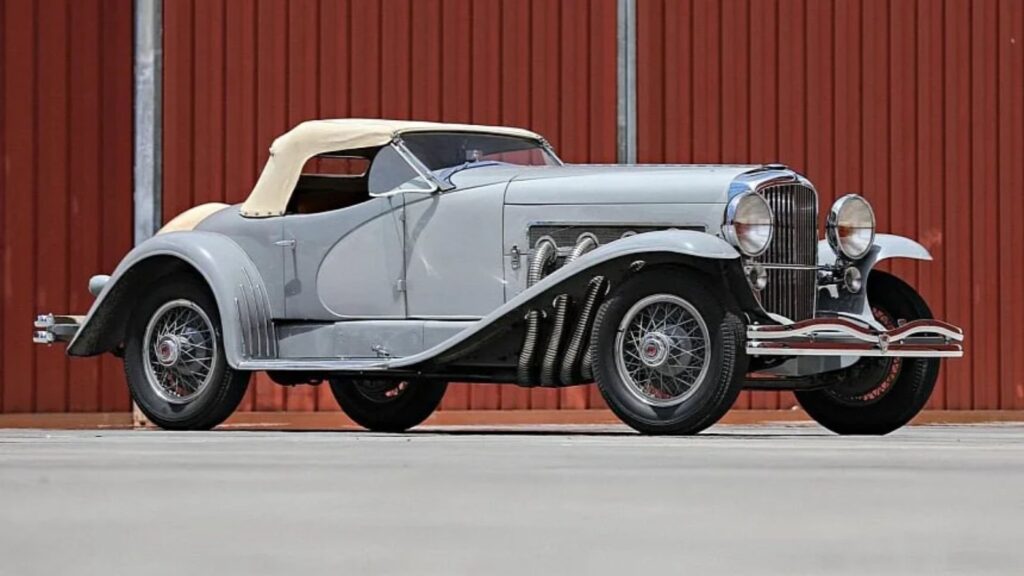
Augie Duesenberg, taking charge after his brother’s death in 1932, engineered the SSJ on a shortened 125-inch frame, equipping it with a state-of-the-art suspension system and large hydraulic drum brakes. The SSJ’s LaGrande-built roadster body featured a long hood, wide grille, and flowing fenders, creating a visually stunning vehicle that exuded luxury.
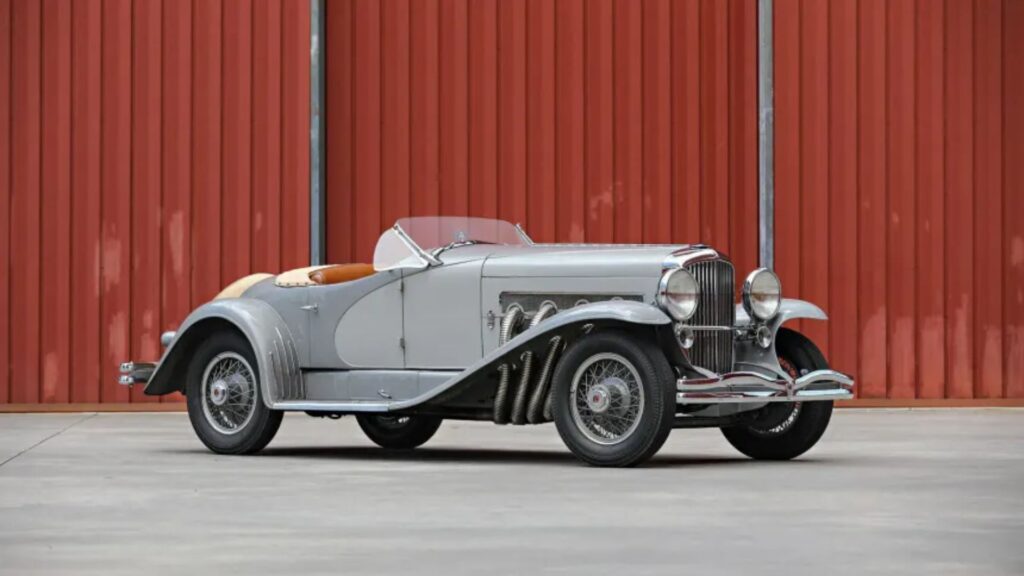
Under the hood, the SSJ housed a modified version of Duesenberg’s Indy-winning straight-eight engine. The 420-ci (6.9-liter) engine, equipped with an upgraded centrifugal supercharger and a dual-carburetor intake manifold, produced an astonishing 400 horsepower. This power output was unprecedented for its time, surpassing even the most advanced engines from rival brands.
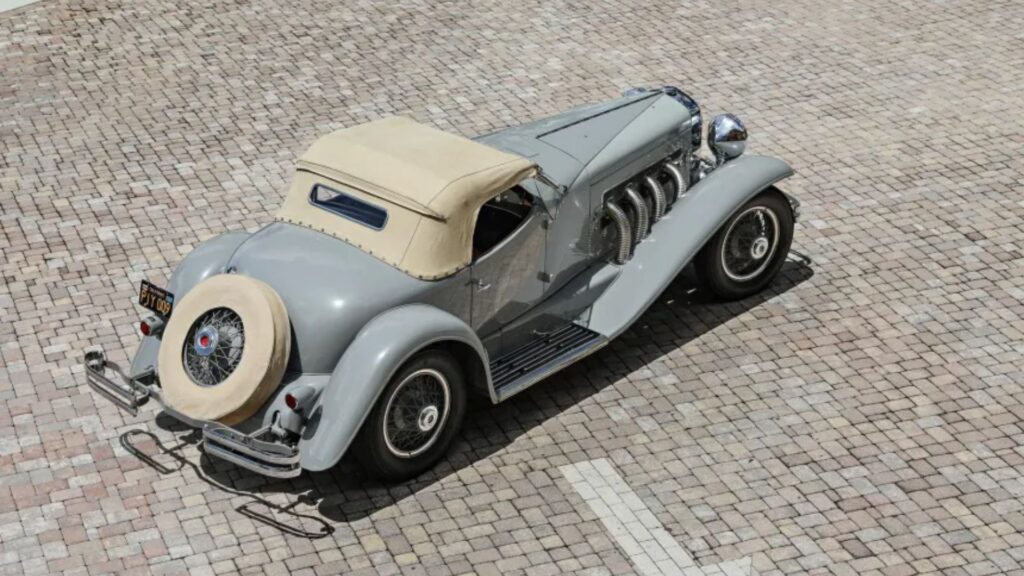
The SSJ’s performance was equally impressive, with a 0-60 mph acceleration time in the high-eight to low-nine-second range and a top speed exceeding 130 mph. These figures positioned the SSJ as the fastest road car in Hollywood and one of the quickest in the world, making it a true supercar long before the term became commonplace.
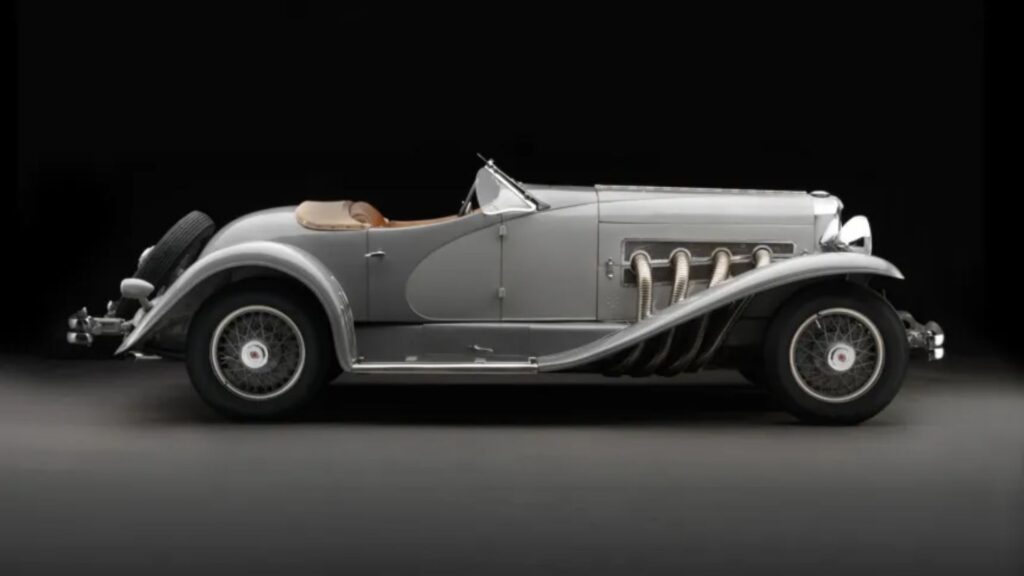
Gary Cooper’s SSJ outperformed Groucho Marx’s SSK, and the only other SSJ was delivered to fellow actor Clark Gable in 1936. Duesenberg planned to produce more SSJs, but the company declared bankruptcy in 1937, leaving only two examples in existence. Both SSJs have survived in highly original form, with one in private ownership and the other, Cooper’s SSJ, setting a record in 2018 as the most
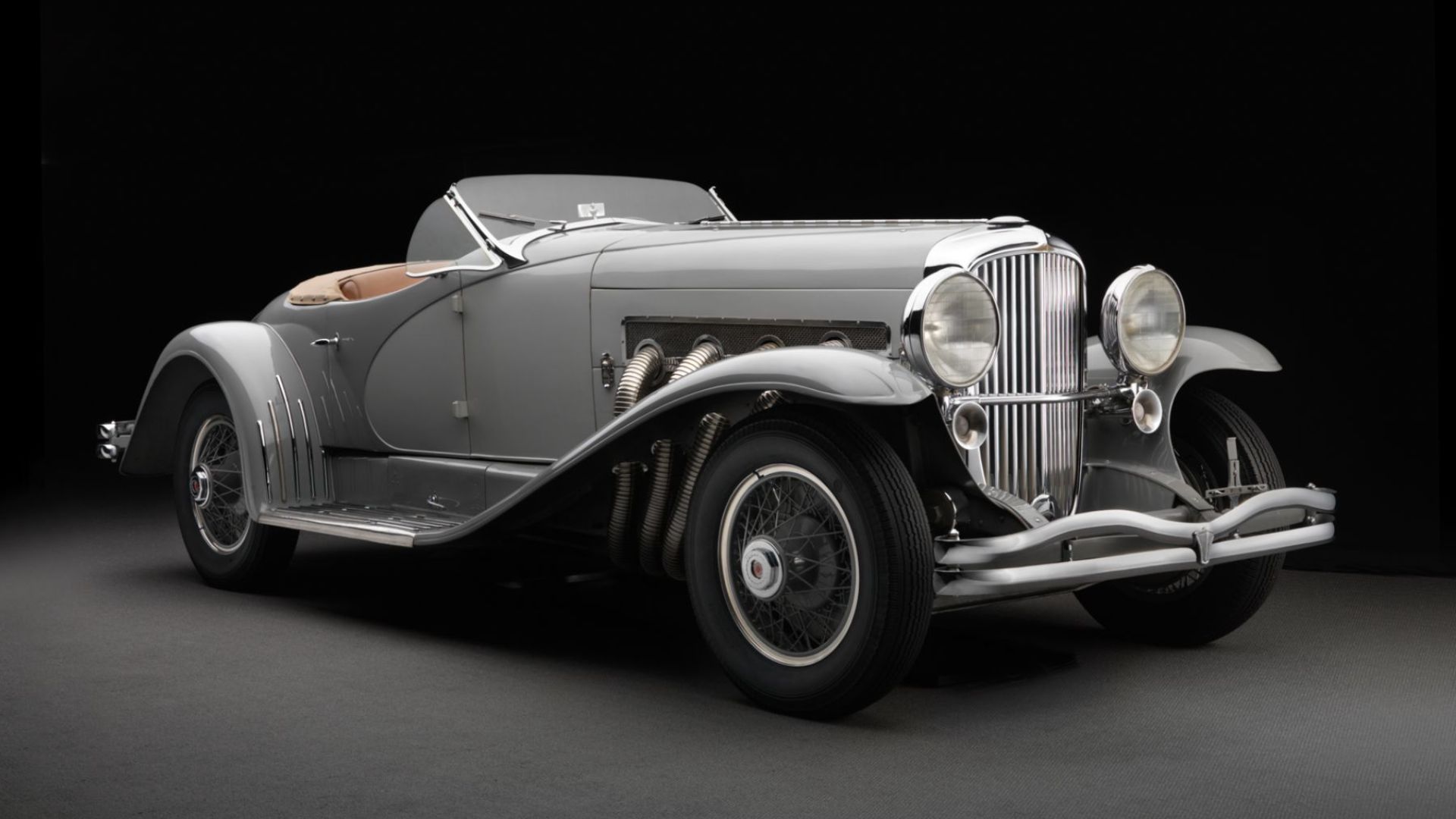
[…] Ferrari Purosangue was recently involved in a catastrophic crash in China, resulting in the supercar splitting in half. Dramatic images shared on social media depict the wreckage, with the front end […]